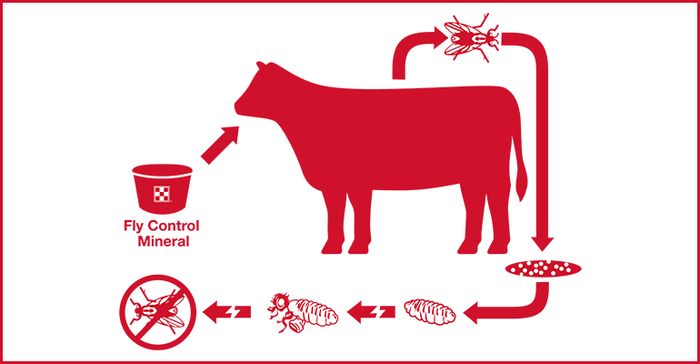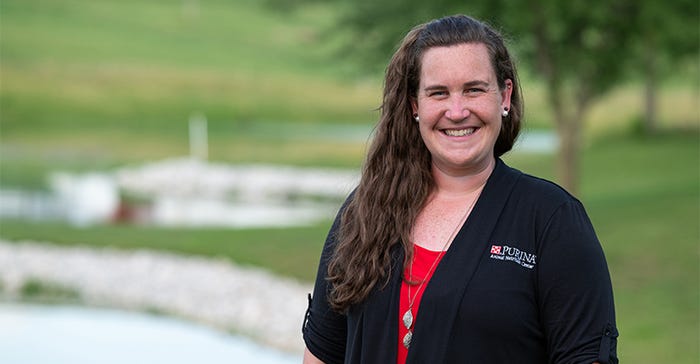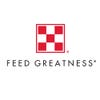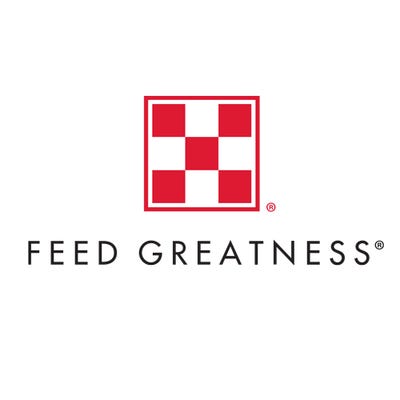Get a head start on pesky spring fly populations by extending your fly control program, including fly control mineral, longer into the fall.
September 15, 2020

Sponsored Content
A small, declining fly population in the fall might not seem like a nuisance to your cattle, but a few fall flies can lay the groundwork for a prolific fly population come spring. Here's how:
Female adult flies lay eggs in fresh manure patties in the fall.
Left uninterrupted, those eggs hatch into larva, molting into pupae within a few weeks.
Flies in the pupae stage can hibernate and survive the winter, also known as overwintering.
When spring arrives, pupae quickly develop into a prolific adult population which can be present all fly season long.
So, what precautions can you take now? How can you get a head start on spring fly populations?
Here are answers to top fall fly control questions:
How can you proactively curb spring fly populations in the fall?
“The key to spring fly control is pretty straightforward,” says Backes-Belew. “Don’t let flies survive the winter. That’s why we encourage producers to follow the 30/30 rule – feed fly control mineral from 30 days before the last frost in the spring to 30 days after the first frost in the fall.”
The 30/30 rule ensures cows have access to fly control mineral before horn flies appear in early spring and provides coverage through summer and fall.
“Keeping fly control mineral out long enough in the fall is just as important to control flies as providing it early enough in the spring,” says Backes-Belew. “It helps stop those early season flies which can multiply quickly and cause a bigger nuisance through summer.”

Why continue to feed fly control mineral if fly populations are declining?
“Using fly control mineral longer in the fall decreases the opportunity for flies to overwinter below manure patties,” says Backes-Belew. “The active ingredient in fly control mineral, insect growth regulator (IGR), stops horn fly development.”
IGR works within a cow’s manure, where horn flies lay their eggs. It breaks the horn fly life cycle by preventing pupae from developing into biting adult flies – pupae that would otherwise survive the winter, leading to prolific spring fly populations.
“If you don’t keep fly control mineral out for 30 days after the first frost, you also risk temperatures bouncing back and allowing more fly generations to survive,” says Backes-Belew. “Keeping out for the full 30 days after first frost helps ensure temperatures have stabilized to a level inhospitable to adult fly populations.”
Can you feed fly control mineral for too long?
“IGR isn’t absorbed by the animal and instead passes through the animal into the manure, so there’s no harm to the animal in feeding it longer,” says Backes-Belew. “However, depending on your location, it might not make economic sense to feed fly control mineral after cattle no longer need it.”
For example, if you live in a northern state, you might consider switching to a non-fly control mineral once freezing temperatures are around to stay, effectively killing off adult flies.
If you live in a southern state, consider offering fly control mineral year-round since fly season is ongoing.

Are my cattle getting the most out of their fly control mineral?
Cattle must consume mineral consistently at target levels to receive the full benefits.
If consumption is off:
Consider a weatherized mineral with a large particle size, designed to withstand varying fall and winter weather. Weatherization helps protects mineral from rain, wind and other elements that might blow it away or turn it into an unpalatable brick-type substance.
Ensure you’re using enough mineral feeders or tubs. A good rule of thumb is using one tub or mineral feeder for every 25-30 cows.
Strategically place mineral feeders and tubs to encourage consumption. Cattle will likely cover more ground grazing as weather cools off. Consider repositioning the mineral feeder closer to high-traffic areas, like water sources, which cattle return to regularly.
Check mineral tubs or feeders every week. Make sure feeders are full and tubs still have enough product, so cattle don’t miss a day of mineral.
How do I transition cattle off of fly control mineral?
Switching between mineral formulas is simple – just fill the feeder with the new mineral or set out a new mineral tub once the fly control mineral is gone. There is no need for a gradual transition or mixing of minerals.
Not sure which mineral you should transition to? Use this short guide to help you find the best mineral option for your herd.
About the Author(s)
You May Also Like





